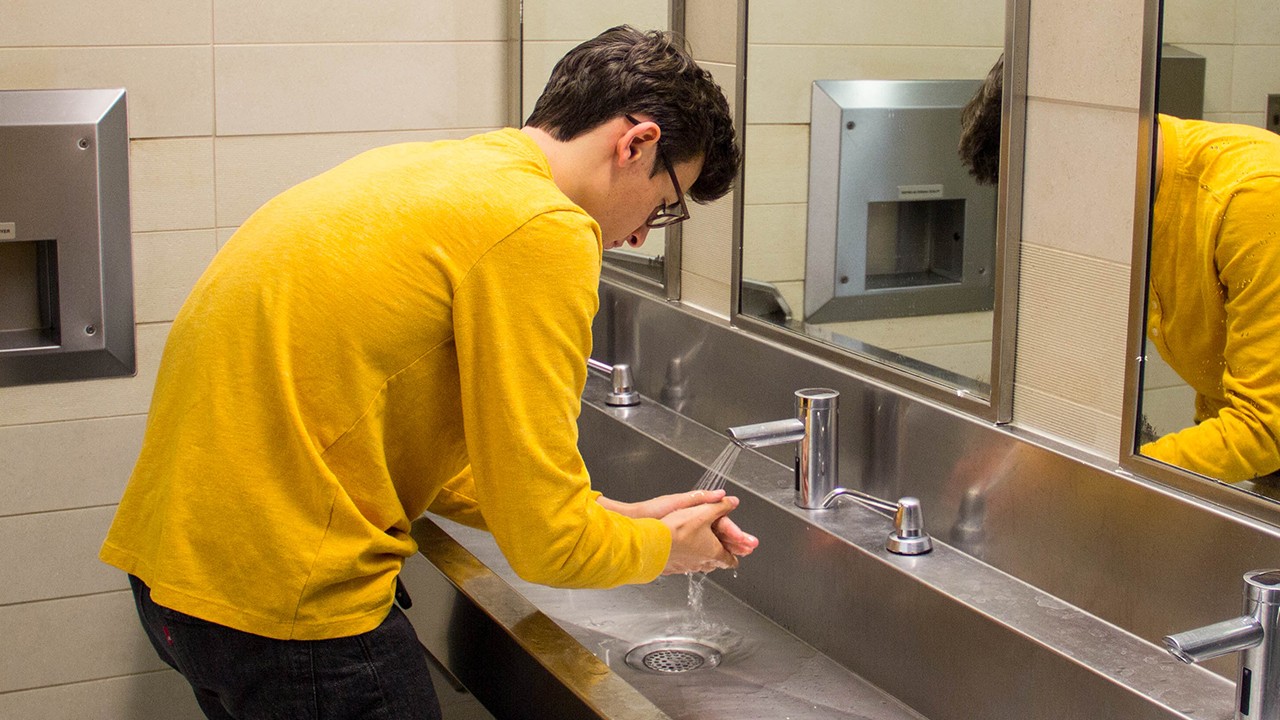Remember the last time you tried to channel your inner Martha Stewart to create a fancy dessert, copying, step-by-step, the video you found on Pinterest? What about when your dryer broke and instead of replacing it, you used YouTube to learn how to fix it? We all use video modeling in our daily lives, and bringing it into the classroom has many benefits. That’s why I put together this guide to help break down the different types of video modeling that can be used for various situations and skill sets in the classroom.
Table of Contents
What Is Video Modeling?
Basic Video Modeling
Video Self-Modeling
Point-of-View Video Modeling
Video Prompting
The Takeaway
What Is Video Modeling?
As a veteran teacher, I have found myself shying away from technology, doubting my ability to easily implement it into my lessons. Over time I have found that video modeling is a great tool for teaching a wide range of skills. By definition, video modeling is simply using video to teach new skills; it is a great strategy for all exceptionalities and grade levels and works for demonstrating a variety of scenarios. While we previously discussed using video to teach social skills because of its tendency to over exaggerate certain actions and expressions, there are actually various types of video modeling that can be used for different skills. Each one of these types has a unique purpose and all are surprisingly easy to implement.
Basic Video Modeling
Basic video modeling uses a peer to model a behavior or task. The peer is recorded completing the desired task, and then the video is shown to the student. In an elementary classroom, this could be a video of a student properly
- Walking down the hallway
- Walking into the lunchroom
- Washing their hands
- Sitting in the designated area
By showing targeted students the video, the expectation is set and the skill has been modeled. Another great thing about modeling expected behavior is that the students are
- Seeing their same-age peers model the desired behavior
- Able to view the video multiple times or even daily
We learn our social skills by watching those around us, and basic video modeling is a great way to show your students exactly what is expected of them. Check out this sample video that you can use of a student washing hands—especially useful during cold season!
Video Self-Modeling
Another type of video modeling is self-modeling. As the name suggests, this type of modeling is when the learner is recorded doing the desired behavior. This is highly effective because the video can be edited to remove any instances of undesired behaviors. Showing the video to the student allows them to see themselves doing it correctly.
As an example, one student was saying good-bye to each teacher more than five times prior to leaving the classroom. While well meaning, this behavior was making him late to class and was a little unexpected. After showing him a video of saying good-bye to the teacher only one time, he was able to replicate the desired behavior.
The funny thing about self-modeling is that you don’t even need to catch the student doing the desired behavior. The video I used for the student I mentioned was taken on two different days and then spliced together to show the desired behavior (because we couldn’t get him to say good-bye only once)! I remember showing him the video and realizing that he was wearing two different shirts in the final video. Fortunately this student, who is otherwise very detail oriented, didn’t even notice and the video was just as effective!
Point-of-View Video Modeling
This type of video is recorded from the perspective of the learner and can be very beneficial when introducing a new experience. It is as if the learner has actually already experienced the event, and it can be viewed multiple times to help alleviate stress through a virtual experience. This can also be used to demonstrate a task, showing the hands only (as in the hand-washing example). It is helpful for learners who struggle with anxiety and for students who are transitioning to a new setting. At the high school where I work, we have used a point-of-view video to create a virtual tour of our building, not only showing how to get from room to room but also introducing staff members to incoming students. Many parents have shared that this alleviated a lot of stress for their children and helped the incoming students feel much more confident when they came to campus for the first time. With a campus of 2,800 students this tool has proven to be very beneficial to both students and new staff!
Video Prompting
Video prompting allows a task to be broken up into multiple steps and viewed incrementally. This is a great tool to help prompt dependent learners to be more independent. For a student in a career exploration class, for example, video prompting can allow for independent mastery of basic skills needed to gain employment, such as how to set a table for a banquet or properly fill out paperwork. Video prompting is a great way to help students learn a new skill and feel more confident in the process.
By using a phone or iPad, students buy into following the prompts and are motivated to use the video. After all, no one likes someone standing over their shoulder prompting them to complete a task, especially if that person is a teacher. Video prompting allows the student to be in control of the prompts and is more engaging and motivating, thus leading a student towards independence.
The Takeaway
Why should you take time to try this strategy? Besides the fact that it is an EBP, video modeling is a highly effective tool that promotes independence and confidence in all learners. As busy educators, it’s hard for us to find time to implement a new strategy if we are not sure it will be effective. After 22 years as an educator, I can honestly tell you that video modeling is a great use of your time and one of the most effective strategies I have used, especially for students with autism. All students are naturally drawn to technology and videos, so it’s also a great way to create student engagement, and it’s fun—even if your dessert turned out to be a Pinterest fail!


